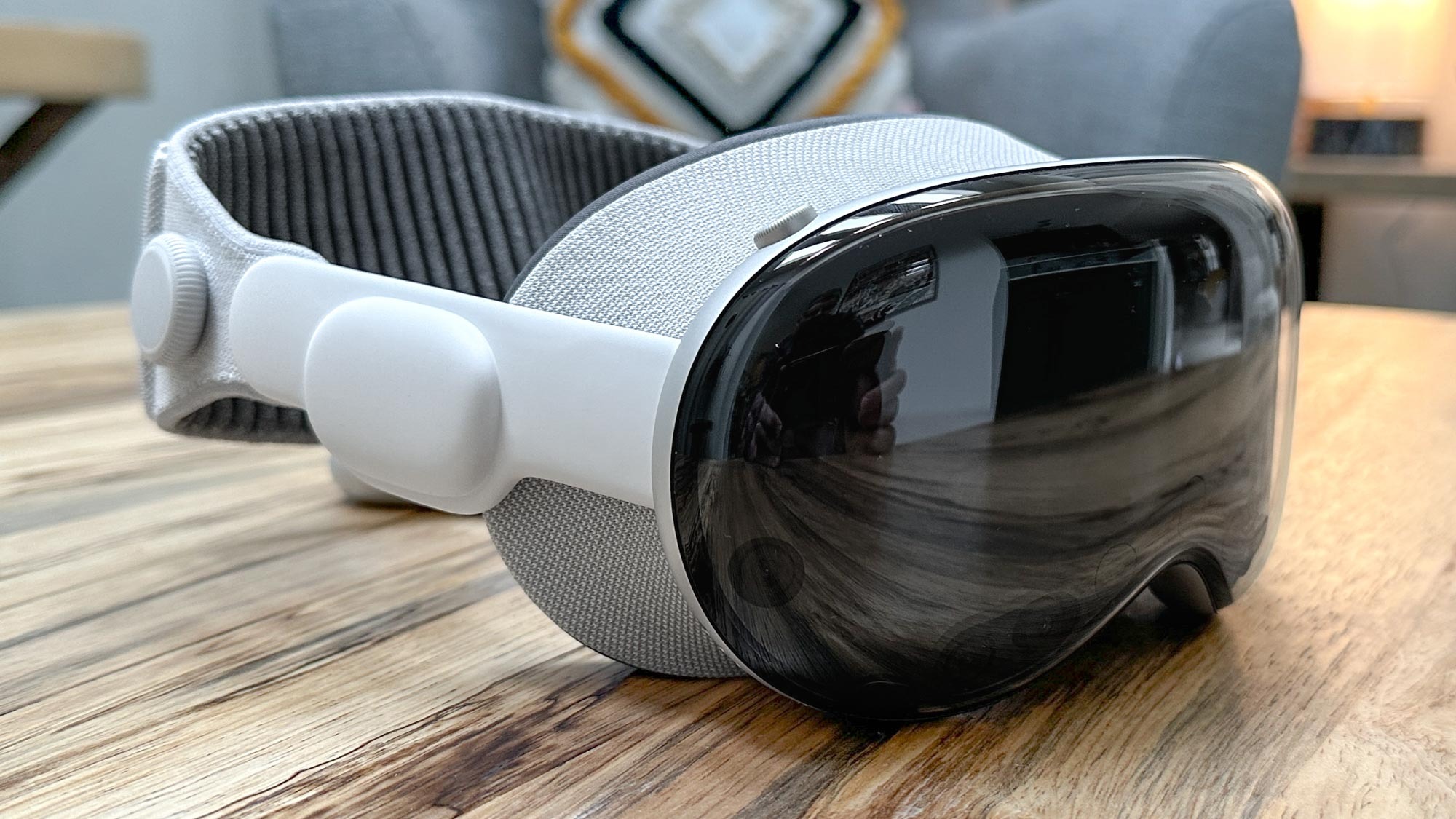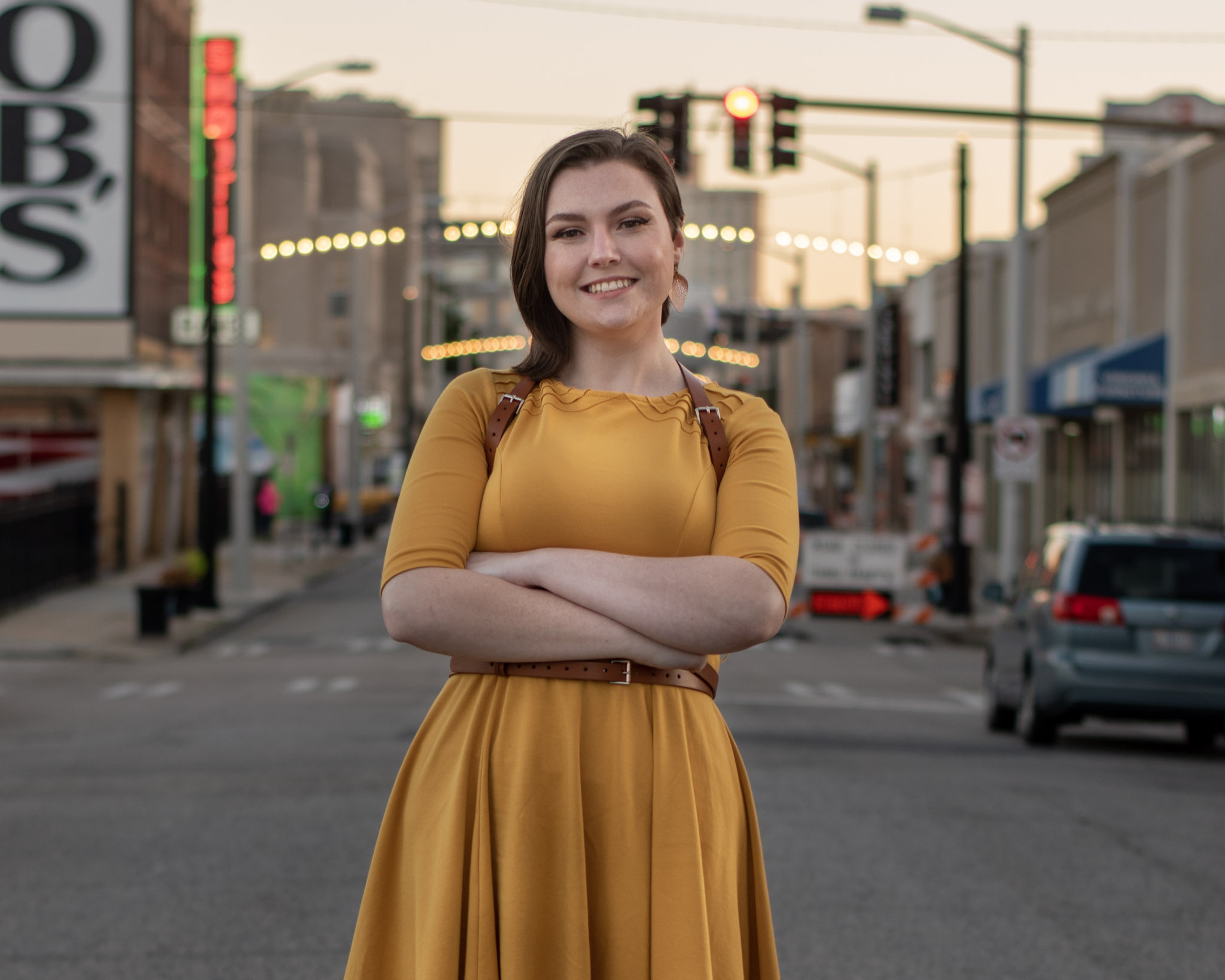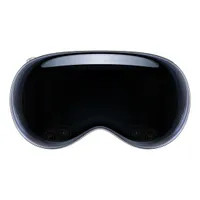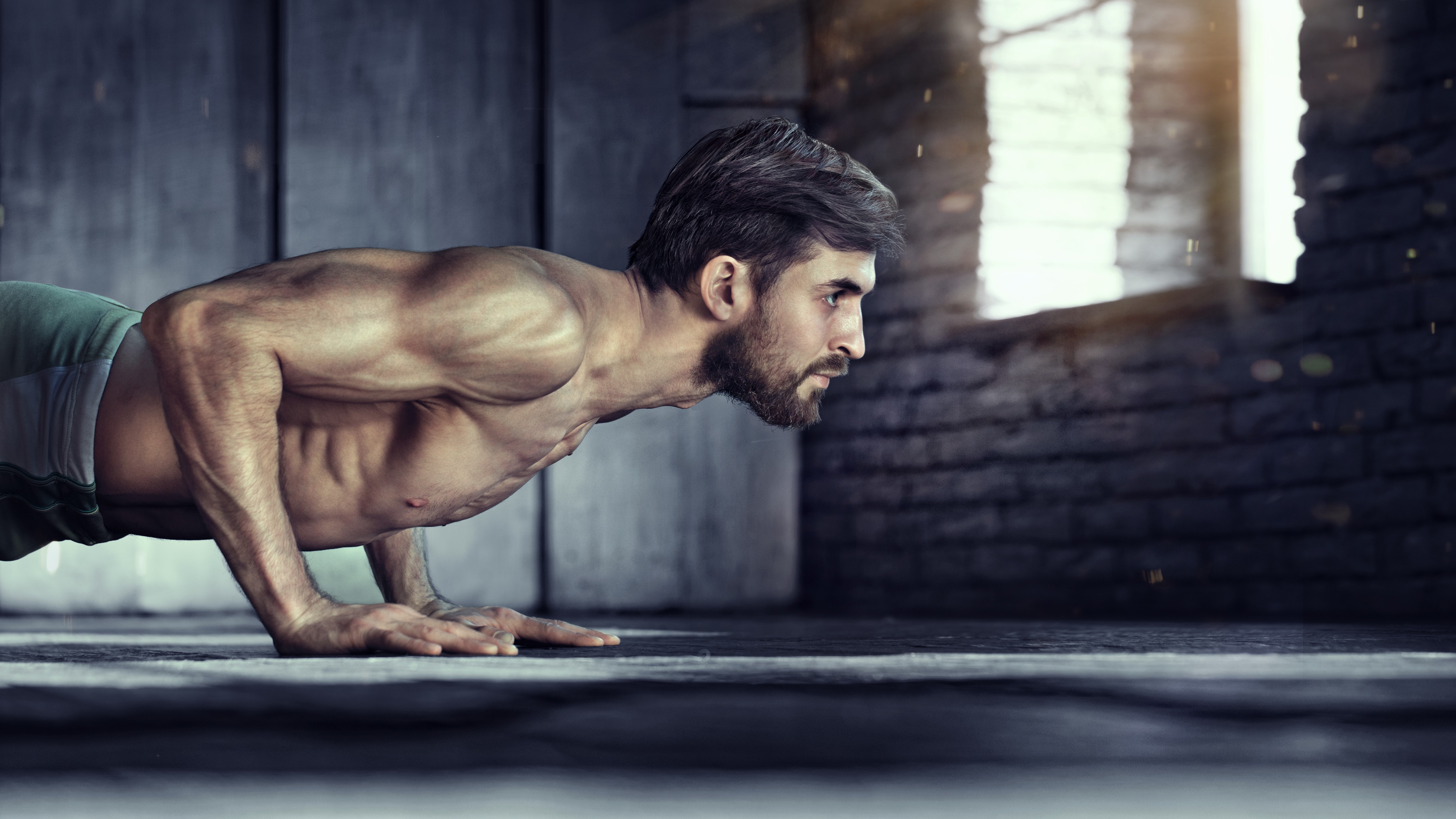Apple Vision Pro owners complaining of black eyes, neck pain and more
Apple’s hefty mixed-reality headset has a major fit issue

When it comes to new tech, a few pain points are to be expected as companies iron out the kinks. But the Apple Vision Pro headset takes that a little too literally, early adopters are finding.
Apple debuted its wildly expensive AR/VR headset to much fanfare earlier this year. Despite its eye-watering $3,500 pricetag, the wearable impressed reviewers with its exceptional spatial computing capabilities, stellar hand- and eye-tracking, intuitive visionOS interface and immersive entertainment experiences. However, over time, the seams are starting to show.
Between the hefty headset itself (weighing in at around 650 grams, or about as much as a 12.9-inch iPad Pro), its front-loaded design, and a less-than-stellar fit for many, the Vision Pro is giving some users literal black eyes, according to a new MarketWatch report.
“I wasn’t able to use it very much the first few weeks because the fit was just off,” Hopscotch Interactive chief media officer Emily Olman told the outlet. She added that she developed “superdark black eyes” after wearing the Apple Vision Pro, which, she said, “clearly [placed] too much weight on my cheeks.”
Apple Vision Pro: $3,499 @ Apple.com
The Apple Vision Pro delivers an unparalleled spatial computing experience with seamless hand- and eye-tracking, an intuitive visionOS interface and immersive entertainment experiences. It also lets you multitask in new ways with your Mac and there's more than 1,000 dedicated Vision Pro apps. It's very pricey and on the heavy side, but it provides an exciting glimpse into the future of computing.
Other early adopters echoed her complaints of the headset's awkward fit. Consulting firm Signal and Cipter CEO Ian Beacraft told MarketWatch that he felt a soreness at the base of his skull and in his upper back after using the Vision Pro for just two hours. Users have reported getting headaches and, in one instance, even a burst blood vessel in one eye believed to result from using the headset.
In his hands-on tests, Tom's Guide Global EIC Mark Spoonauer described the Vision Pro as too heavy to wear for more than an hour or two. "In fact, I find that after a while I get a sore neck using the Vision Pro, and I feel some pressure around my eyes," he wrote in his one-month Vision Pro retrospective.
That being said, some early adopters have had better luck than others when it comes to the Vision Pro's fit.
Get instant access to breaking news, the hottest reviews, great deals and helpful tips.
"I could wear the 1.3-pound Vision Pro for four or five hours before my neck needed a break, but I had to adjust the fit often," wrote Washington Post tech reporter Chris Velazco after regularly wearing the headset for two weeks.
For reference, Apple recommends taking regular breaks while using the Vision Pro and removing the headset every 20 to 30 minutes. The company also warns users to stop using the device if they start to feel unwell at any point, urging: “If symptoms persist, consult your medical provider.” Though some early adopters have already made it clear they aren't putting much stock in Apple's advice, as we saw back in February when several went viral for, among other inadvisable use cases, driving a Tesla while wearing the Apple Vision Pro.
Hopefully, Apple can smooth out some of its headset's pain points by the time the Vision Pro 2 rolls around, which isn't expected until sometime in 2025 or 2026. In the meantime, rumor has it Apple has a cheaper entry-level Vision Pro in the works.
More from Tom's Guide
- I flew 8,000 miles wearing Apple Vision Pro — here's what happened
- I used the Apple Vision Pro for 1 month — here's the truth
- Apple Watch 10: All the rumors so far

Alyse Stanley is a news editor at Tom’s Guide, overseeing weekend coverage and writing about the latest in tech, gaming, and entertainment. Before Tom’s Guide, Alyse worked as an editor for the Washington Post’s sunsetted video game section, Launcher. She previously led Gizmodo’s weekend news desk and has written game reviews and features for outlets like Polygon, Unwinnable, and Rock, Paper, Shotgun. She’s a big fan of horror movies, cartoons, and roller skating. She's also a puzzle fan and can often be found contributing to the NYT Connections coverage on Tom's Guide

